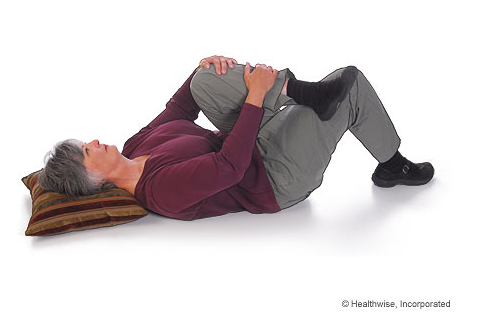Sports Medicine


Common Cardio Exercise Injuries and How to Treat Them
One of the most important things to do when exercising for fat loss is some cardiovascular training on a treadmill, bike, or elliptical machine. You can do interval training or the standard low-intensity long-duration cardio, and each works to various degrees. But none of it works if you’re in pain when you try to exercise on these machines and have to stop. So the focus of this article is common injuries seen when doing cardio. What are some tests to determine if you have them, and how do you treat these injuries?
Look for these two things before you go on a treadmill: (1) foot pronation, which is when your arches in your foot drop, and (2) your foot being turned out when walking.
The first thing to look at is if you have a dropped arch that is giving you pain in the arch of your foot. This is commonly known as plantar fasciitis, and it can be very painful. Here’s the test to determine if you have plantar fasciitis and if orthotics (arch supports) would be beneficial. You will need someone to help you with this test.

Step 1: With no shoes on, stand in front of a person who is on his or her knees and is facing you.
Step 2: This person will use a middle finger with the palm up and slide it into the middle of the arch of your foot.
Step 3: He or she will press the middle finger into the arch to see if it’s painful.
Step 4: If it’s painful, he or she will lift up the arch with the other hand and see if that reduces the pain.
Step 5: If the pain reduces, you are pronating, and will benefit from orthotics.
Another thing you can do to reduce plantar fasciitis is to use a hard rubber ball and roll the bottom of your foot out on it. This will make the plantar fascia more pliable and reduce the pain.
The second thing is to see if one of your feet is turned out 45 degrees or more when you walk. This is a common problem due to tight external hip rotators, usually the piriformis muscle. If this muscle is too tight, this can cause the leg to rotate externally and therefore turn the foot out. This can cause foot, knee, or low back pain if you do extended walking or running on a treadmill.
The test for a tight piriformis is just walk normally away from a person who will observe you and will see whether your feet are turned out when walking. The main thing to look for is if you just have one foot turned out more than the other. The other thing to look for is if both feet are turned out 45 degrees or more. If the person sees this, you may very well have a tight piriformis and will need to get that stretched. It’s better to have someone watch you walk as opposed to trying to watch yourself as you will be more relaxed in your normal gait if you have someone else watch.

Here’s how you can stretch out your piriformis. Lie on your back and pull your knee up toward your chest, holding the knee with the hand on the same side of the body and grasping the ankle with the other hand and internally rotating the leg. Pull the knee towards the opposite shoulder until a stretch is felt. Hold the stretch for 30 seconds and slowly return to the starting position.
For another article from Dr. Kinakin about knee pain vs ankle pain, and how you know which one it is, click here!

